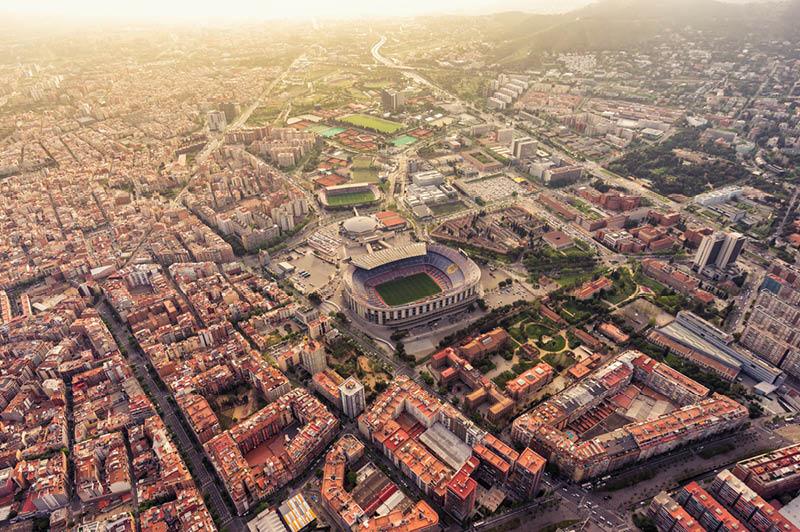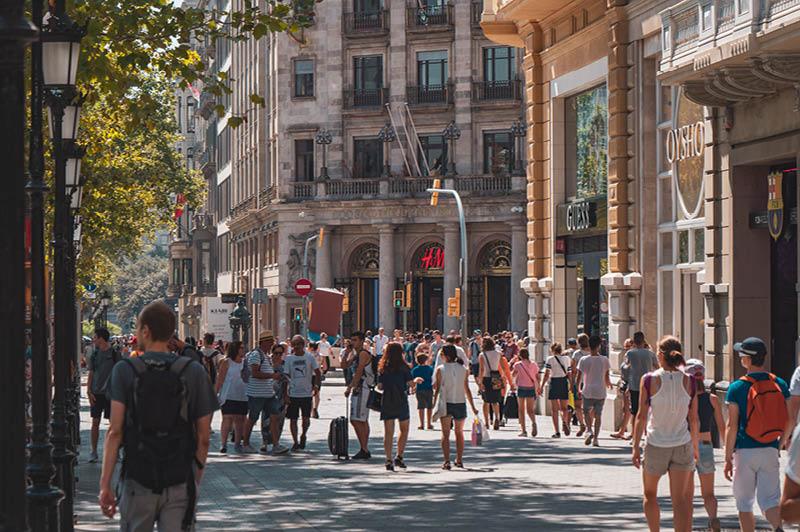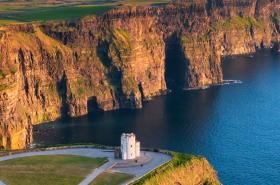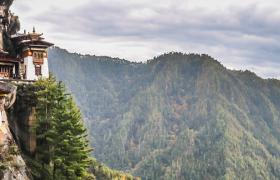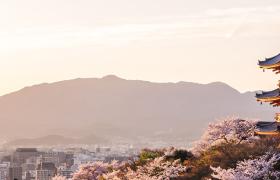Thirty years after the 1992 Olympics helped put Barcelona back on the map, the city reigns as one of Europe’s visitor hotspots. But away from the tourist-jammed lanes of the Gothic Quarter and the queues huddling outside Antoni Gaudi’s still-unfinished La Sagrada Familia cathedral, a raft of other engaging barrios (neighbourhoods) seduce outsiders with their mish-mash of arresting architecture, bustling markets and bar-lined alleys and plazas where Barcelonans from across the generations mingle. All these are within walking distance or a bike or Metro ride from the city‘s central core.
EL RAVAL AND SANT ANTONI
Blending into each other, this duo west of Barcelona's old port share striking similarities: multicultural populations, a colourful array of street art and graffiti splashing walls and the shutters of local businesses, and a plenty of life and soul in and around the traditional neighbourhood markets. Whereas El Raval’s La Boqueria market is very much on the tourist trail - it’s positioned just off the famous La Rambla boulevard - its Sant Antoni counterpart has a more local vibe. Roam the aisles of this beautiful cherry-red steel-framed building from 1882 and you’ll see market vendors hawking meat, fish, seafood, vegetables and snacks and dishes like Escudella d'Olla, a hearty Catalan stew. Seeing the spreads of breads, cheeses, fruits and charcuterie may inspire you to stock up on ingredients for a picnic in one of the city parks or at the beach of La Barceloneta area. Sant Antoni market operates Monday-Saturday, while on Sundays, stalls pitch up outside, with browsers flicking through second-hand books, vinyls, stamps and other collectibles.
LES CORTS
Soccer-loving tourists often flock to this neighbourhood without even knowing its name. That’s because it’s the location of the Camp Nou, the home of Barcelona Football Club. But even if you’re not coming to watch a match or do a stadium tour, Les Corts has lots to charm the outsider, especially Placa de la Concordia. This hidden gem is one of Barcelona’s quaintest and most picturesque squares. Bells toll from the imposing yellow-hued tower of the Santa Maria del Remei church, in whose shadow you might see kids playing and kicking a football about, as their parents and grand-parents mingle over coffee, cava, beer and bites at the alfresco establishments edging the square. If you’re hankering for a good flat white, you’ll get one at Hidden Coffee Roasters, tucked down one of Les Corts’ numerous side streets, while the Parc de Pedralbes is a pleasant green retreat close to Camp Nou, with manicured gardens, wooded trails and fountains hedged around a former royal palace.
GRACIA
North of the elegant, sprawling Eixample district, towards the foothills of the mountains edging Barcelona, you’ll find Gracia, a once-independent town that was absorbed into the expanding Catalan capital in 1897 and has become one of its hippest, most liveable enclaves. Florists, grocers, cafes, bodegas, tapas bars and other neighbourhood hang-outs spill out onto Gracia’s shaded, tightly-packed streets and tree-studded plazas, which are often as lively at night as they are by day. Ambling through the district, you’ll be struck by some breath-taking late 19th century Modernist architecture with decorative tiled frontages and flamboyant turrets. Fans of Gaudi should seek out Casa Vicens, regarded as the first great home he designed, while on Gracia’s northern limits is Parc Guell, a 17-hectare wonderland scattered with Gaudi’s mosaics and stirring vantage points over Barcelona.
EL POBLENOU
Heading east from the Gothic Quarter, or inland from La Barceloneta, brings you into the medieval alleys of El Born - a hive of trendy boutiques, cafes and cocktail bars - and Parc de la Ciutadella, an attractive green space with a magnificent fountain built on the grounds of an old fortress. Beyond this is up-and-coming, fast-changing El Poblenou, an ex-industrial barrio that has, over the years, been the site of textile factories and workshops, and now skyscraping tech hubs, studio-galleries and luxury apartments and offices. Some occupy Torre Glories, known as the "Cucumber", a Catalonian version of London's Gherkin by top French architect Jean Nouvel. Illuminated after dark, this tower is a stone’s throw from the Design Museum of Barcelona, which resembles the head of a Transformer, and hosts exhibitions on fashion and design. Another eye-catching local spectacle is Mercat dels Encants, a flea market that has roots in the 14th century and now thrives beneath a shimmering modern mirrored canopy. You’ll also find here art, cosmetics, stores selling new clothes and footwear and various food and drink outlets. Another place encapsulating the groovy ambiance of El Poblenou is Espai Joliu, a concept store and cafe set in a converted warehouse with the slogan “where plants meet coffee”.


